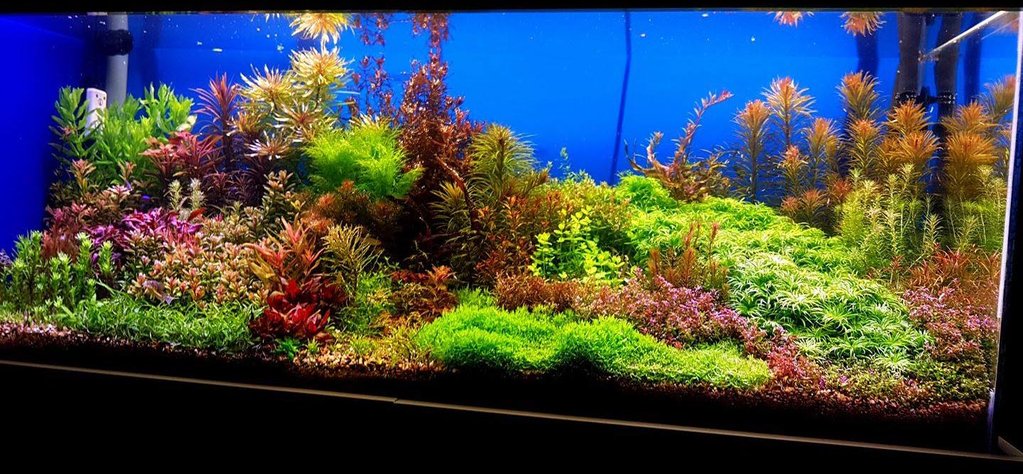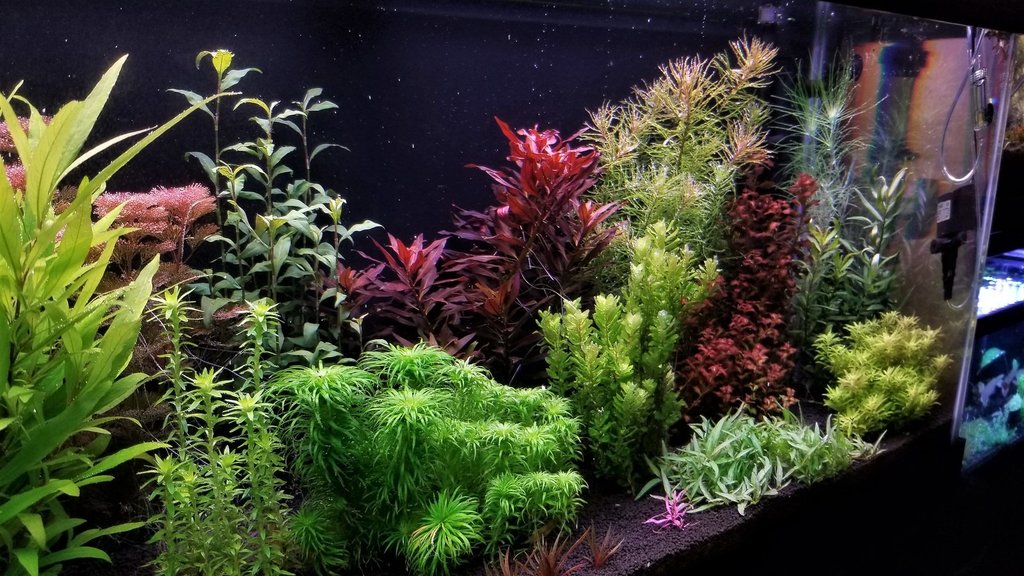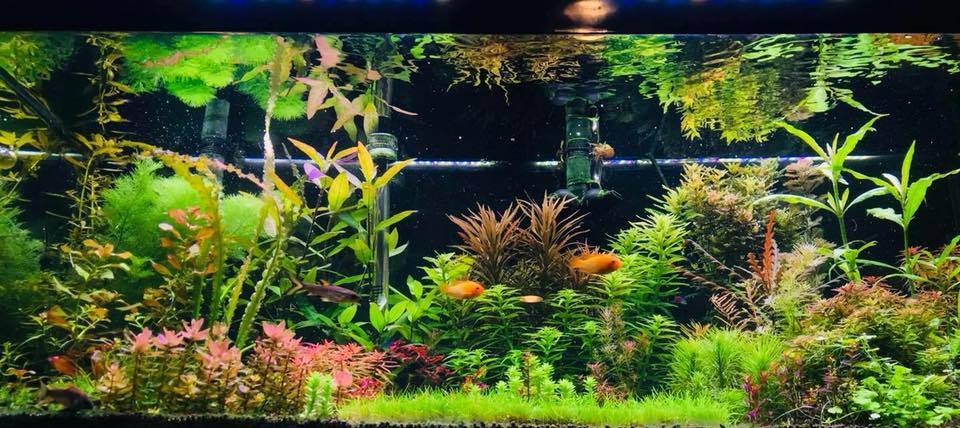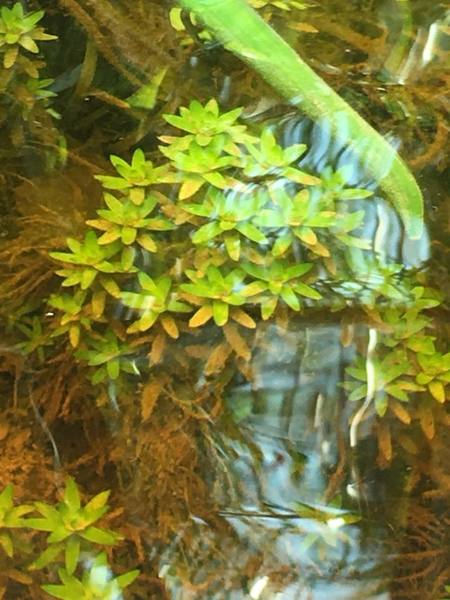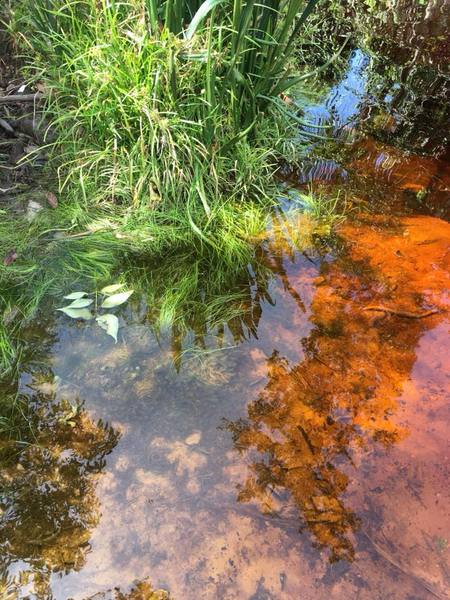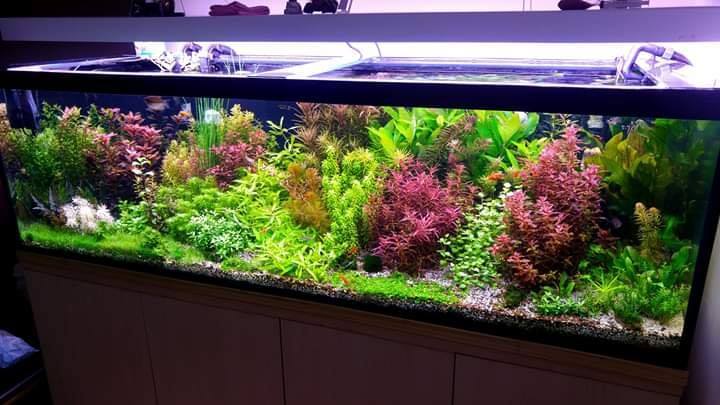My main farm tank has a pH of 5.0 when the CO2 is turned on.
WHY DO CERTAIN PLANTED TANKS HAVE SO LOW PH?
Tanks using aquasoil in softwater countries naturally have very low pH values. This is by design; as most aquatic plants favor slightly acidic substrates and the large majority of fish in the aquarium trade come from soft water, low pH rivers such as those found in the Amazon jungle. Peat is included in most aquasoils; it lowers the acidicity of the water and also reduces KH values in the tank. For many brands of aquasoils, this buffering capacity may reduce KH to un-measurable values; this correspondingly drops the pH low; often in the 6+ range (which then dips into the 5+ range when CO2 is turned on as dissolved CO2 is acidic).
WHY IS LOW PH ASSOCIATED WITH “TANKS CRASHING”
Very low pH/KH values spark some concern among the aquarist crowd which worry that such a low pH will affect livestock or bacteria health in the tank, as a group of (usually older time) aquarists are taught that dropping/low pH values in a tank was an indication of something wrong.
There is partial truth in this. In an aquarium, especially one where regular water changes are not performed, poor maintenance can lead to pH levels dropping. Bacteria oxidation of ammonia to nitrates consume carbonates (which lowers KH/pH); though this effect is small, it can be significant over long periods of time. Organic waste by products are also acidic, again the impact is small, but accumulation over long periods can be significant. The combination of those two factors can cause a poorly maintained tank’s KH/pH values to lower over time. However, it is the accumulated organic waste that causes issues, not the low pH per se, which is merely a by-product. So aquarists are mistaking correlation to causation when they blame the low pH values for problems in a tank that has been poorly maintained for a long period of time.
Poorly maintained tanks may face the lowering of pH/KH values over time. However, this does not mean that tanks with lowered pH/KH (due to usage of peat/aquasoils/CO2 etc) have poor water quality.
HOW WE KNOW THAT LOW PH SYSTEMS CAN FUNCTION WELL
There are many many rivers in the world where the pH is naturally low. These include measurements done in the Amazon basin where areas of the Tapjos basin measure in at a pH 4.39, Tefe river at 5.03. The Tasek bera river in Malaysian measures in at 5.33. These are a basket of pinpoint measurements, but these rivers are not outliers, such measurements are common in soft water regions. All these rivers measure in at less than 1 dKH as well. These rivers are teeming with plants and fish – they are not wastelands where ammonia oxidation does not happen because “bacteria cannot survive below X pH”.
Wild Toninas (above) in pH 3.2 black water swamps, coupled with Eleocharis species (below). Photos courtesy of Vin kutty.
DON’T A LOW PH HARM THE BACTERIA?
Claims that bacteria function better at X pH is true for lab/petri dish conditions. However, such conditions do not reflect microbial functions in an ecosystem. The paper “Nitrification in a Biofilm at Low pH Values: Role of In Situ Microenvironments and Acid Tolerance” explains how nitrifying bacteria continues to perform their functions in low pH environments.
Again, this is practically demonstrated by the great many examples of thriving wild habitats and planted tanks with low pH/KH values out there.
SHOULD I BUFFER MY AQUASOIL TANK TO RAISE THE PH/KH?
No you should not if you are keeping soft water livestock/plants. Plants do not use KH and most plants actually function better at low ranges, as does most soft water fish. Many buffers also make use of Phosphate based chemicals that will raise your PO4 levels significantly. Working against aquasoils is counter productive.
If you are keeping livestock that requires hard water, then from the onset, aquasoils that buffer KH/pH down should not be used. For tanks that cater to livestock that prefers hard water, aquasoils should be avoided, and in-ert substrates or lime stone based substrates can be used in the tank instead. Many African rift-lake cichlids, some species of snails and shrimp prefer hard water and their tank should be setup to provide that environment.
GH is separate from KH. GH comprises mostly of Ca and Mg ions, which plants use as nutrients for growth. To read more on GH head here
To read more on pH swings how they affect/not affect livestock head here
TANK EXAMPLES FROM ALL AROUND THE WORLD
As it is, I have a collection of low pH/KH tank examples from all four corners of the world. From a practical point of view, if this approach can be done repeated with great success across four continents – hobbyists can rest assured that it will work for them too.
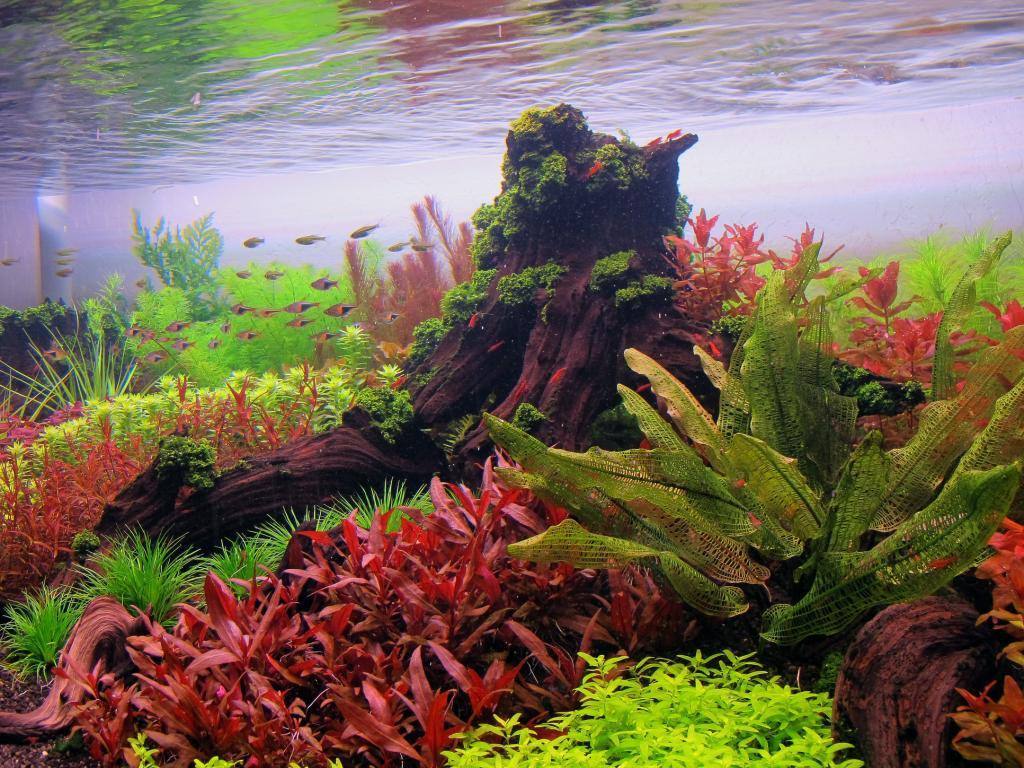
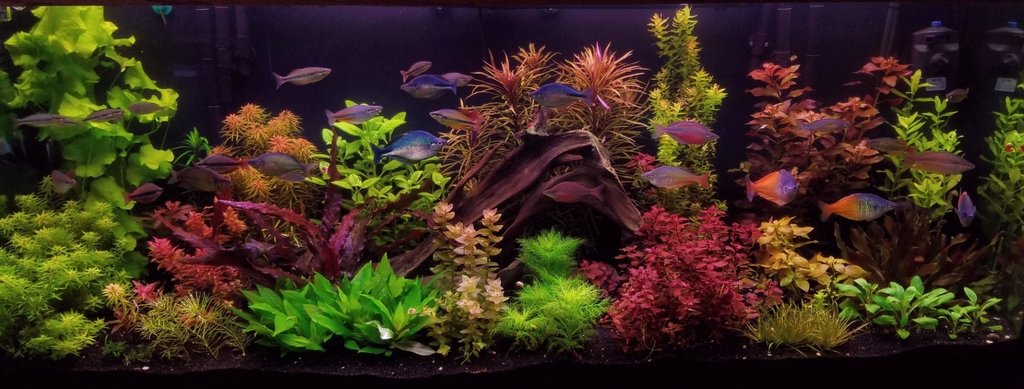

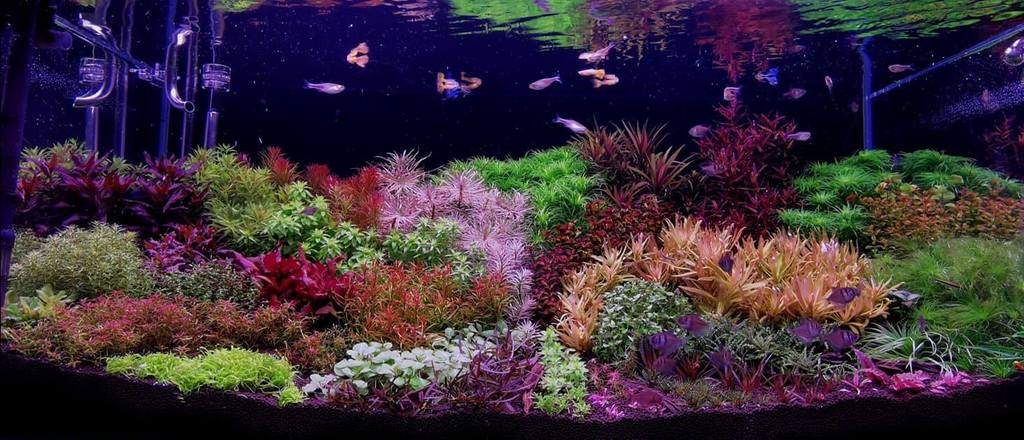
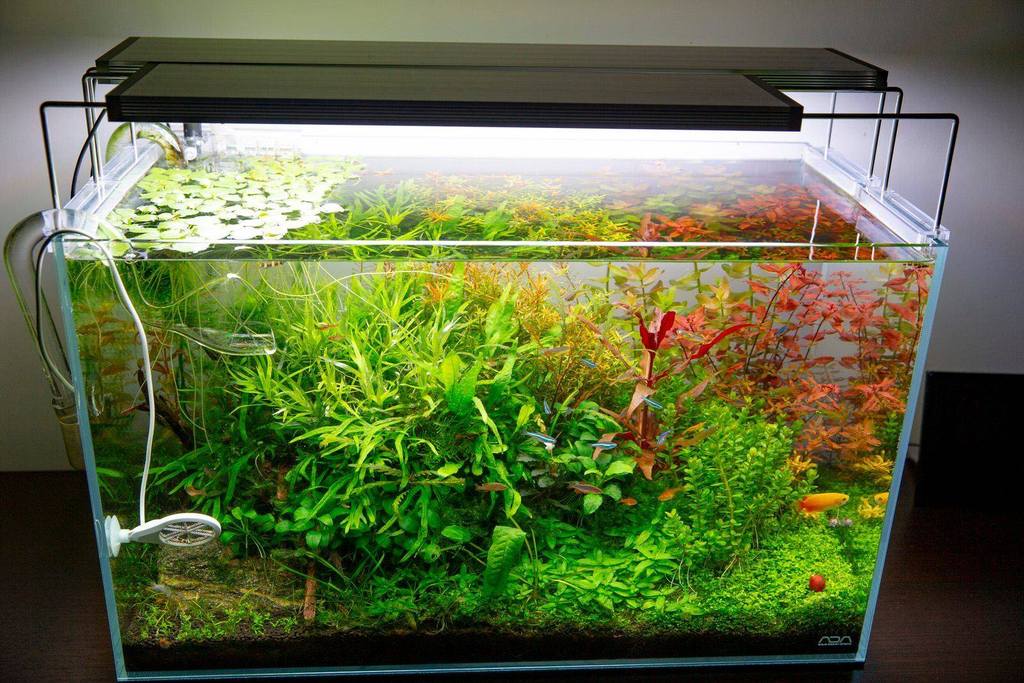
Daniel Constantin’s tank has a KH of 0.
